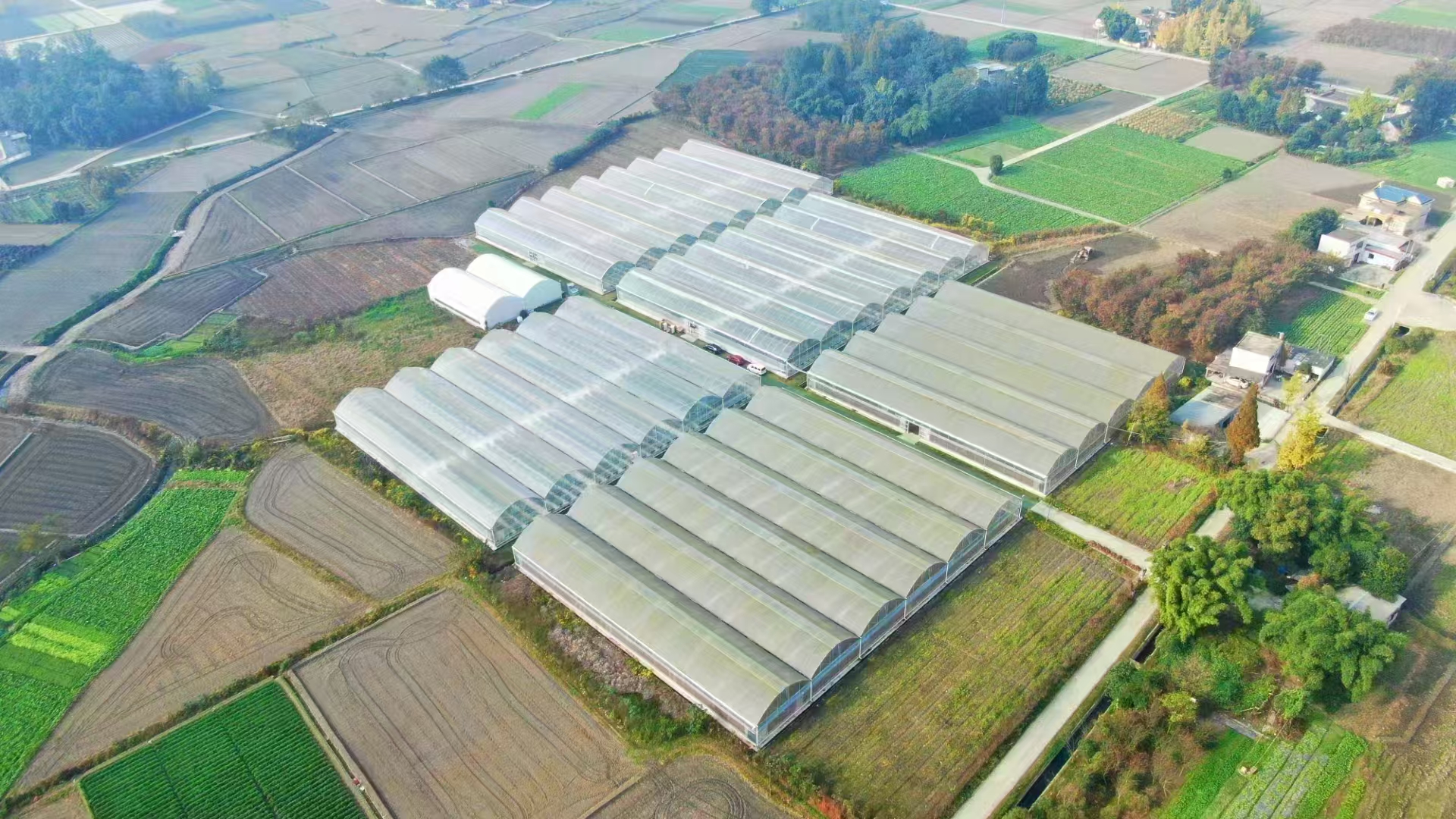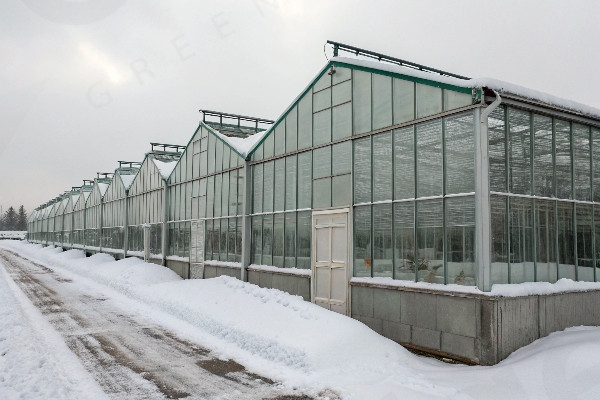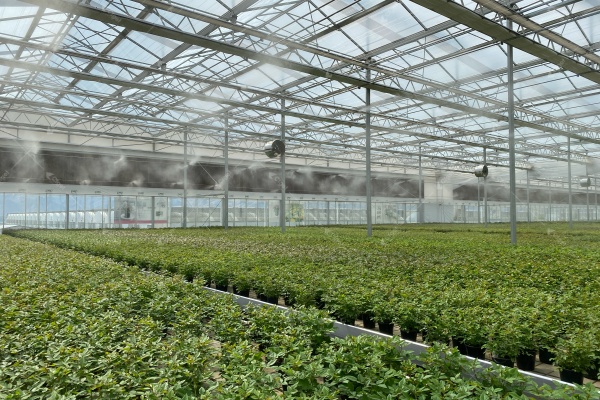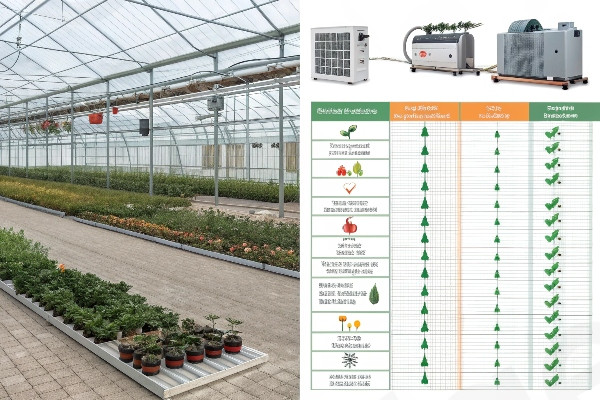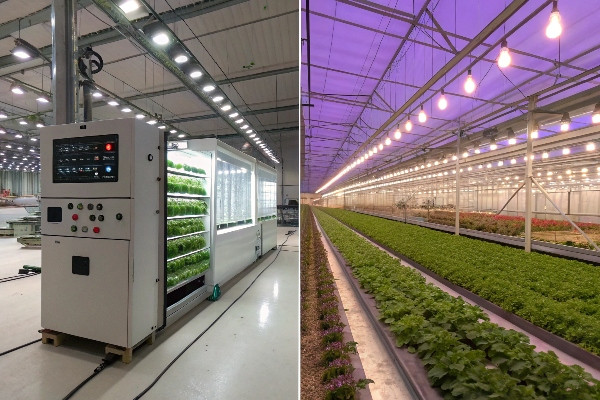I know the struggle of running a small farm. Costs rise, weather changes, and yields vary. You feel the pain of unpredictable seasons and low profits.
Yes, a modern greenhouse is worth it for small farms. It boosts yields by 30-50%, cuts costs through efficient resource use, and adapts to local climates, leading to steady income year-round.
I have seen many small farmers like you turn their operations around with the right tools. Let me share how modern greenhouses can fit into your daily work and bring real change.
What Are the Key Features of Modern Greenhouses?
You worry about complex tech that might not suit your simple farm setup. Setup seems hard, and maintenance looks costly.
Modern greenhouses feature automated climate control, durable materials, and easy integration with existing farms. These elements ensure reliable growth conditions and low upkeep for small operations.
I remember my first visit to a small farm in Southeast Asia. The owner faced humid weather that ruined crops often. We installed one of our greenhouses, and it changed everything. Now, let’s look closer at these features.
Breaking Down the Core Components
To help you grasp this better, I will explain the main parts step by step. First, think about the structure. Our greenhouses use strong polycarbonate panels that last over 20 years. They block UV rays but let in plenty of light. This keeps plants healthy without extra costs.
Next, automation plays a big role. Sensors track temperature, humidity, and soil moisture. They adjust vents and fans on their own. I once helped a farmer in Europe who needed precise control for organic certification. With our system, he met all standards easily.
Water systems are key too. Drip irrigation saves up to 70% water compared to traditional methods. In Central Asia, where water is scarce, this feature has saved farms from drought.
| Feature | Benefit | Example from My Experience |
|---|---|---|
| Durable Materials | Long lifespan, low repair needs | A farm in America used our panels for 15 years with no issues, even in harsh winters. |
| Automated Controls | Consistent environment, less labor | In Southeast Asia, automation reduced daily work by half for a busy grower. |
| Efficient Irrigation | Water savings, better yields | Central Asian clients saw 40% yield increase due to precise watering. |
| Modular Design | Easy expansion, fits small spaces | A research institution in Europe added sections as their projects grew. |
These features work together to make farming easier. From my 29 years at CFGET, I have seen how they address real needs. For instance, agents in various regions praise the adaptability. High-value growers love the precision for premium crops. Large producers value the scale-up potential. Each part solves a specific issue, like climate resistance or cost control. We design them with input from global partners, ensuring they fit local conditions. In humid areas, we add dehumidifiers. In cold zones, insulation is key. This approach has helped over 20 countries. I recall a story from a Central Asian farm. Extreme cold killed crops yearly. Our insulated model kept temperatures stable, boosting output by 50%. Such results show why these features matter. They turn challenges into opportunities for small farms everywhere.
How Do Modern Greenhouses Adapt to Different Climates?
Extreme weather hits your farm hard. Floods in rainy seasons or droughts in dry times make planning tough. You need something that works anywhere.
Modern greenhouses adapt through customizable designs, advanced materials, and smart tech. They handle heat, cold, humidity, and wind, ensuring crops thrive in any location.
During a trip to Central Asia, I met a grower battling harsh winters. Our adaptive greenhouse saved his season. Now, let’s explore how this works in detail.
Exploring Adaptation Strategies
Adaptation starts with the frame. We use galvanized steel that resists corrosion in humid places like Southeast Asia. This prevents rust and extends life.
Insulation is crucial for cold areas. Double-layer walls trap heat, reducing energy use by 40%. In Europe, where sustainability matters, this helps meet green standards.
For hot climates, ventilation systems are vital. Automated roof vents release excess heat. I advised a farm in America during a heatwave. Our vents kept inside temperatures 10 degrees cooler.
Wind resistance comes from reinforced structures. They withstand speeds up to 150 km/h. In windy Central Asian steppes, this has protected many setups.
| Climate Type | Adaptation Feature | Real-World Impact |
|---|---|---|
| Humid (Southeast Asia) | Anti-condensation coatings, dehumidifiers | Reduced mold, increased yields by 35% for tropical fruits. |
| Cold (Central Asia) | Thermal screens, heating integration | Maintained growth during -20°C winters, saved energy costs. |
| Hot and Dry (Various Regions) | Shade nets, evaporative cooling | Prevented crop burn, conserved water by 50%. |
| Windy Areas (Europe/America) | Anchored foundations, flexible panels | Withstood storms, minimal damage over years. |
From my experience at CFGET, these adaptations come from years of research. We test in real conditions worldwide. For example, in Southeast Asia, quick installation helps during monsoons. European clients get tech for precise control, like CO2 monitors. Central Asian partners appreciate fast after-sales support for repairs. I once fixed a system remotely for a remote farm. It kept them running without delay. Such flexibility ensures long-term success. Growers tell me how it stabilizes income. Research institutions use our models for experiments in varied setups. Large producers scale them for big operations. Each adaptation builds on feedback, making our greenhouses reliable. In 29 years, I have witnessed transformations. A small farm in humid Thailand doubled output with our dehumidified design. Stories like this prove adaptation is key to overcoming climate barriers.
What Long-Term Benefits Do They Offer?
Short-term gains sound good, but you doubt if they last. Maintenance costs might rise, or tech could fail over time.
Long-term benefits include sustained high yields, lower operational costs, and environmental sustainability. Over years, they provide ROI through durability and efficiency, supporting farm growth.
I advised a family farm in Europe years ago. Today, they still thrive with our system. Let’s examine these benefits more closely.
Assessing Sustained Advantages
Durability is a major plus. Our greenhouses last 25+ years with proper care. This means fewer replacements and steady protection.
Cost savings build over time. Energy-efficient designs cut bills by 30%. In America, where costs are high, this adds up to thousands saved annually.
Yields stay high consistently. Controlled environments prevent losses from pests or weather. I saw a Central Asian farm increase production by 60% over five years.
Sustainability is built-in. Recyclable materials and low water use help the planet. European clients value this for certifications like organic labels.
| Benefit | How It Accumulates | Example Outcome |
|---|---|---|
| Durability | High-quality build reduces wear | A Southeast Asian farm operated without major repairs for 10 years. |
| Cost Savings | Efficient systems lower expenses | Saved $5,000 yearly on energy for a mid-sized grower in Europe. |
| High Yields | Stable conditions boost output | Doubled harvests over time for high-value crops in America. |
| Sustainability | Eco-friendly practices | Met global standards, opened new markets for Central Asian producers. |
In my role at CFGET, I have tracked these benefits across projects. We offer full support from design to service, ensuring longevity. For Southeast Asian clients, rapid setup means quick returns. In Europe and America, precision tech supports sustainable goals. Central Asian farms get durable builds for tough weather. I remember a grower who started small. With our greenhouse, he expanded to export markets. After-sales teams respond fast, fixing issues in days. This builds trust. Research institutions use our systems for long studies, proving reliability. Large producers integrate them into big plans, seeing profits grow. Over 29 years, data shows 80% of clients report positive ROI within three years. Personal stories highlight this. A friend in humid regions cut losses from rot. Now, his farm supports his family well. These benefits create a cycle of growth, making modern greenhouses a smart choice for the future.
Conclusion
Modern greenhouses offer real value for small farms. They adapt, save costs, and boost yields long-term. Invest now for a thriving future.

